List of Authors
>>About this blog
Recent blog post
|
[wienerhorn]
March 6, 2019 12:00
 I read the budget (draft) for FY2019 published on the homepage of Chuo-ku. I read the budget (draft) for FY2019 published on the homepage of Chuo-ku.
The general account exceeded 100 billion yen for the first time as an initial budget.
It is a budget that takes into account population growth, the Tokyo 2020 Games, and the infrastructure development committee with a view to the "200,000 cities" ahead.
Among the new major businesses, I focused on the following:
・Local rat control promotion project
・Revision of bridge life extension repair plan
・Survey of New Subway Lines
・Maintenance of "Edo Bus" Free Wi-Fi
・Noh and Kabuki appreciation classes
・Participation in Brasilian Youth School Games
・Development of Tokiwa Elementary School (Annex)
・Origami Crane Project (tentative name)
・Renewal of warm bath Plaza Hot Plaza Harumi
In particular, I'm worried about the new subway line, Hot Plaza Harumi, etc.
What kind of business are you interested in?
[wienerhorn]
February 20, 2019 12:00
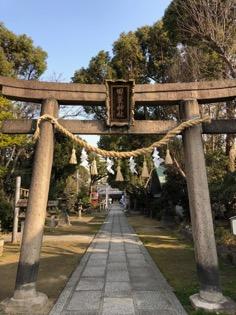
Tsukuda Island was built by fishermen invited Ieyasu Tokugawa to Edo from Tsukuda, Osaka. After that, Tsukuda Island also contributed to the construction of Tsukiji Honganji after the Great Fire of the Meiryaku era (1657), and Tsukuda Island occupies an important position in understanding the history of Chuo-ku. As one of the correspondents, I thought that I should keep my eyes on the roots of Tsukuda Island, so I went out on a business trip to Osaka and visited Tsukuda in Nishiyodogawa Ward.
From Umeda, take the Hanshin train at each station and get off at Chibune Station. Tamino Shrine is located in a corner of a quiet city. Although it is not a large precinct, when you step in, you can see that it is an important shrine loved by the area.
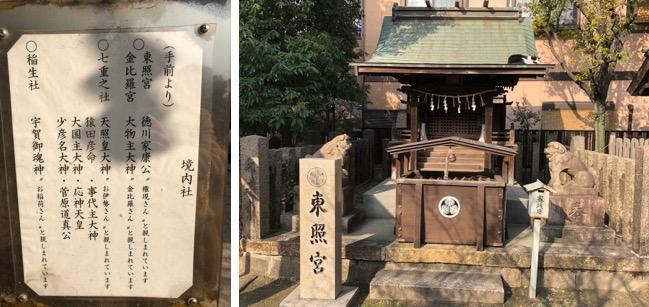
I heard that Ieyasu Tokugawa's Toshogu Shrine is on the grounds, but other places such as "Konpira Shrine" (Kompira-san), "Nana Shigeyuki-sha" (Ise-san), and "Inao-sha" (Inari-san) are enshrined.
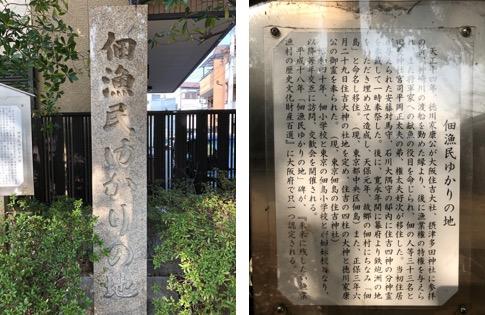
Monument to "Tsukuda fishermen related to the land" closely related to Chuo-ku. There is also an explanation board that describes the relationship with Ieyasu and the origin of Sumiyoshi-jinja Shirine. There is also an explanation about the exchange between Tsukuda Elementary School in Osaka City and Tsukudajima Elementary School in Chuo City.

By the way, this area is located in the zero-meter area, and there was a sign next to the torii gate "-0.8m above sea level". It is located on a low-lying ground protected by the concrete dike. It was a journey that reminded us of the importance of the flood control disaster, while thinking about history.
[wienerhorn]
February 12, 2019 12:00
 The platform at Kachidoki Station on the Toei Oedo Line has been expanded and has been in service since February 11, 2019 (Monday). The platform at Kachidoki Station on the Toei Oedo Line has been expanded and has been in service since February 11, 2019 (Monday).
According to the Tokyo Metropolitan Government's announcement, when it opened in 2000, the number of passengers per day was about 30,000, but it increased to about 100,000 in FY2017. In order to eliminate congestion caused by this, one new one in addition to the platform, which used to be one side and two lines, has become a two-sided two line separated by area. The newly established platform has become a dedicated platform for Daimon.
Improvement work of station facilities will continue in the future, and final completion is scheduled for the first quarter of 2020.
It would be nice to be able to ease commuting rush through the efforts of both businesses and users, including software measures such as staggered work.
[wienerhorn]
February 7, 2019 12:00
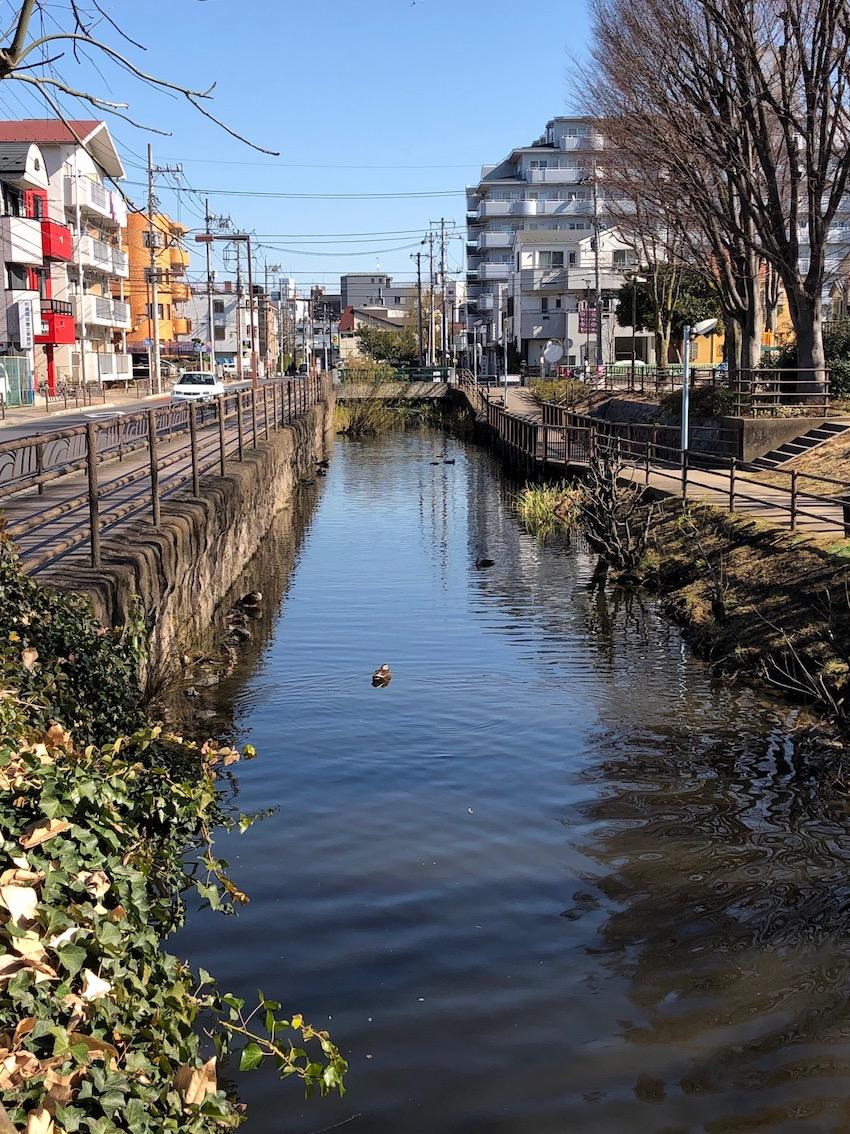 The current Sumida River is downstream of the first-class river Arakawa, and is divided into the Arakawa Floodway at Iwabuchi near Akabane and pours into Tokyo Bay. The current Sumida River is downstream of the first-class river Arakawa, and is divided into the Arakawa Floodway at Iwabuchi near Akabane and pours into Tokyo Bay.
However, the flow of the river before the Edo period was completely different from now. The Tone River, which now flows into the Pacific Ocean in Choshi, used to be a river that flows to Tokyo Bay. A part of the flow of the Tone River at that time is the water surface of the "Kosumida River" that currently remains at the border between Adachi-ku and Katsushika-ku.
Since Ieyasu Tokugawa entered Edo in 1590, large-scale river replacement work has been carried out. Due to the eastern transition of the Tone River, the separation of Arakawa and Tone Rivers, and the excavation of the straight waterway of the Ayase River, the "Kosumida River" is no longer the main channel.
Many of the waterways stretched around Chuo-ku were reclaimed by the reconstruction of the earthquake, the reconstruction of the war, the Tokyo Olympics, etc., but the water surface of the Ko Sumida River is still preserved as a valuable waterside space in the city. . It is located a few minutes' walk from Tokyo Metro Ayase Station. It is impossible to imagine from the current scenery that this was once a large river, but the thoughts and hardships of many engineers in the past who struggled to rule the river and create a city where people can live easily, I think it should be passed on to future generations.
[wienerhorn]
January 16, 2019 09:00
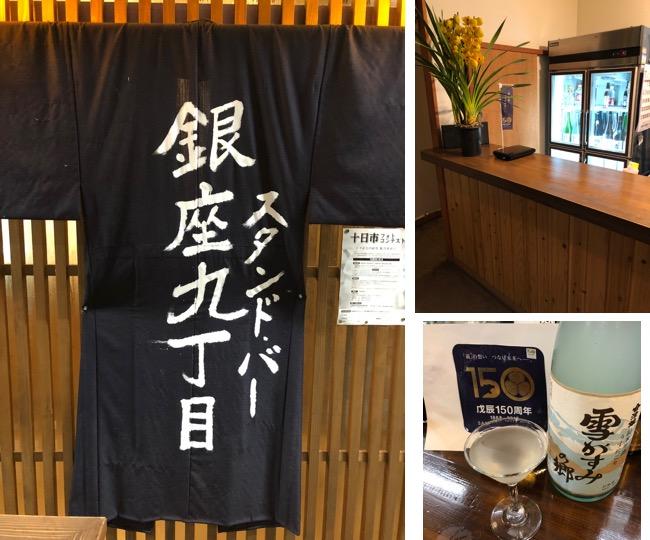
Using the consecutive holidays, I went on a short trip to Aizuwakamatsu City, Fukushima Prefecture on the Tobu Limited Express  "Liberty Aizu". In the evening, when I was walking near the station, I saw the word "Ginza" and entered the store without hesitation. According to the story, it was said that the name was changed to "Ginza 9-chome" when returning to the local Aizu because the shop was previously operated in Ginza 8-chome. "Liberty Aizu". In the evening, when I was walking near the station, I saw the word "Ginza" and entered the store without hesitation. According to the story, it was said that the name was changed to "Ginza 9-chome" when returning to the local Aizu because the shop was previously operated in Ginza 8-chome.
A cocktail glass  (about 70ml?) from locally brewed sake in Aizu, which has countless varieties. You can enjoy various kinds of sake in small quantities. All right. In Aizu, both water and rice are delicious, so there are a lot of good sake. (about 70ml?) from locally brewed sake in Aizu, which has countless varieties. You can enjoy various kinds of sake in small quantities. All right. In Aizu, both water and rice are delicious, so there are a lot of good sake.
Then, at "Konbe", which is the same management at the next store, you can enjoy a variety of delicious seafood purchased directly from Toyosu Market every week (formerly from Tsukiji Market)! It is said that he goes to Tokyo to purchase every night bus , and his ability to take off his hat. , and his ability to take off his hat.
I think that a shop where you can enjoy such delicious sake and fish is valuable. For shime, from ordering to 10% soba noodles to be beaten!
A shop where you can enjoy the goodness of Aizu and Tokyo (Chuo-ku) at the same time. Why don't you go on a trip over the weekend?
I'll be a repeater. I'm going to do it next time.
----------
Stand bar "Ginza 9-chome" & fish and boiled "Konbe"
2-6-2, Omachi, Aizuwakamatsu-shi, Fukushima
tel.0242-24-2015
Business hours 17:00-23:00
[wienerhorn]
January 9, 2019 18:00

Happy new year
It's been less than a month before the Chuo-ku sightseeing certification. Everyone who takes the test is finally in driving mode. I will continue to take on the challenge as I did last year.
After carefully reading "Chuo-ku Monoshiri Encyclopedia" and reviewing the past 1,000 questions, I found that there were my weaknesses in questions such as "Historic buildings" (p.152-153), "Tourism Event Information" (p.186), "Chuo-ku Machikado Exhibition Hall List" (p.187).
At first glance, I went to the site.
Today's course takes about 1 hour and 30 minutes on foot and by train.
-----
1.Tokiwa Elementary School in Chuo Ward (Historic buildings, Tokyo)
During the construction, the school building cannot be confirmed.
2.Historic buildings, Tokyo, Japan
The neatly arranged window frame is impressive.
3.Old Building Nihonbashi Nomura Building (designated Tangible Cultural Property)
A precious building near Nihonbashi.
4.Nihonbashi Diamond Building (Historic buildings selected by Tokyo)
The tower that imitates the bridge of the ship is impressive.
5.Suzuki Building (Historic buildings, Tokyo)
It is built in a quiet street and features various designs.
6.Onoya Sohonten (Nationally Registered Tangible Cultural Property)
Check the shape of the girder structure on the second floor. A long-established store of Tabi.
7.Miyakawa Egg (Historic buildings, Tokyo)
Copper plate of wall material. A clerk who is busy. There are many customers.
8.Jushi Square, Chuo-ku (Historic buildings, Tokyo)
Reconstruction Elementary School.
9.Bunjiro Tamaki Building (National Registered Tangible Cultural Property Building)
Mr. It faces an intersection with heavy traffic.
|
Links
|
 I read the budget (draft) for FY2019 published on the homepage of Chuo-ku.
I read the budget (draft) for FY2019 published on the homepage of Chuo-ku.



 The platform at Kachidoki Station on the Toei Oedo Line has been expanded and has been in service since February 11, 2019 (Monday).
The platform at Kachidoki Station on the Toei Oedo Line has been expanded and has been in service since February 11, 2019 (Monday). The current Sumida River is downstream of the first-class river Arakawa, and is divided into the Arakawa Floodway at Iwabuchi near Akabane and pours into Tokyo Bay.
The current Sumida River is downstream of the first-class river Arakawa, and is divided into the Arakawa Floodway at Iwabuchi near Akabane and pours into Tokyo Bay.


